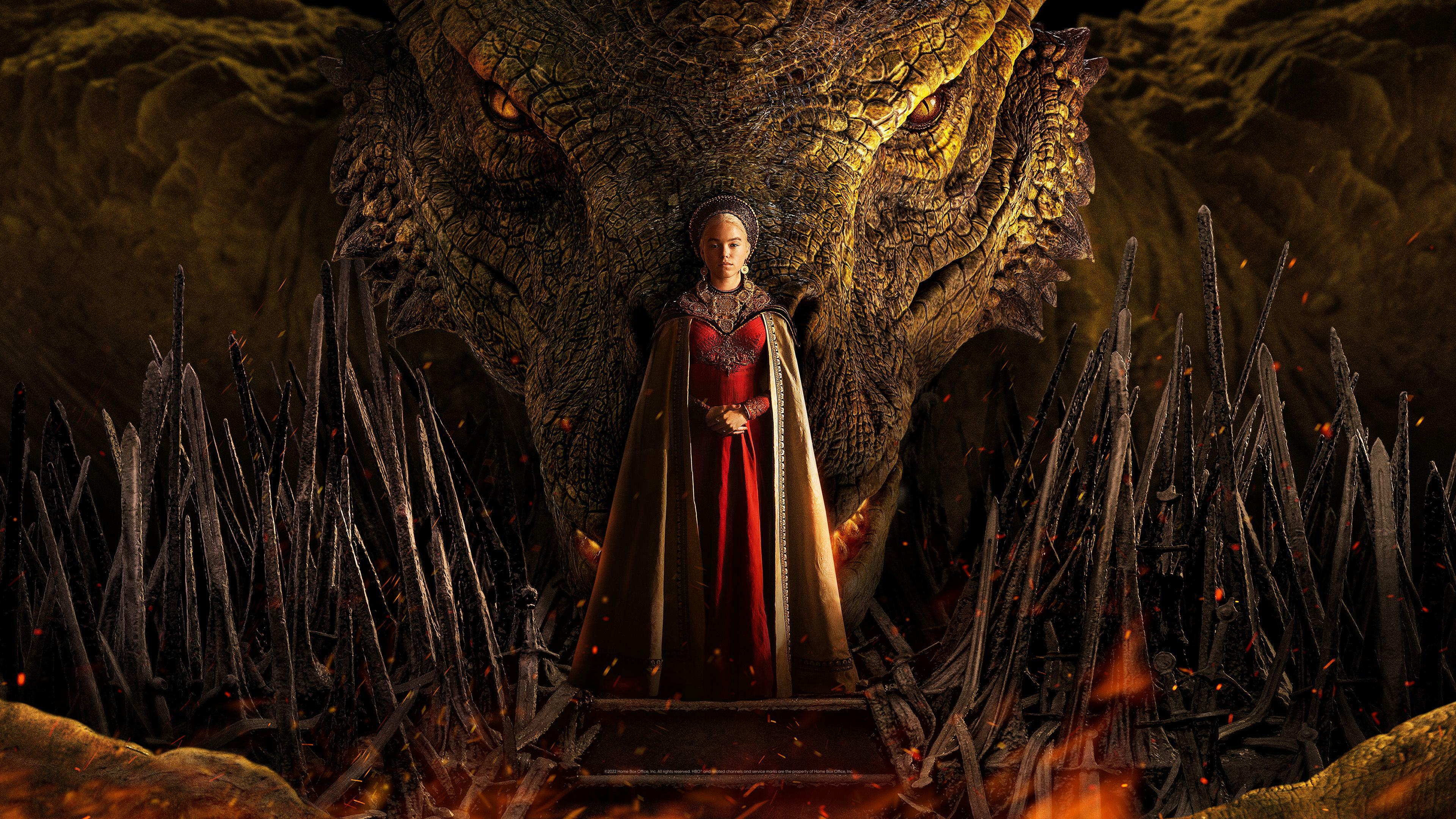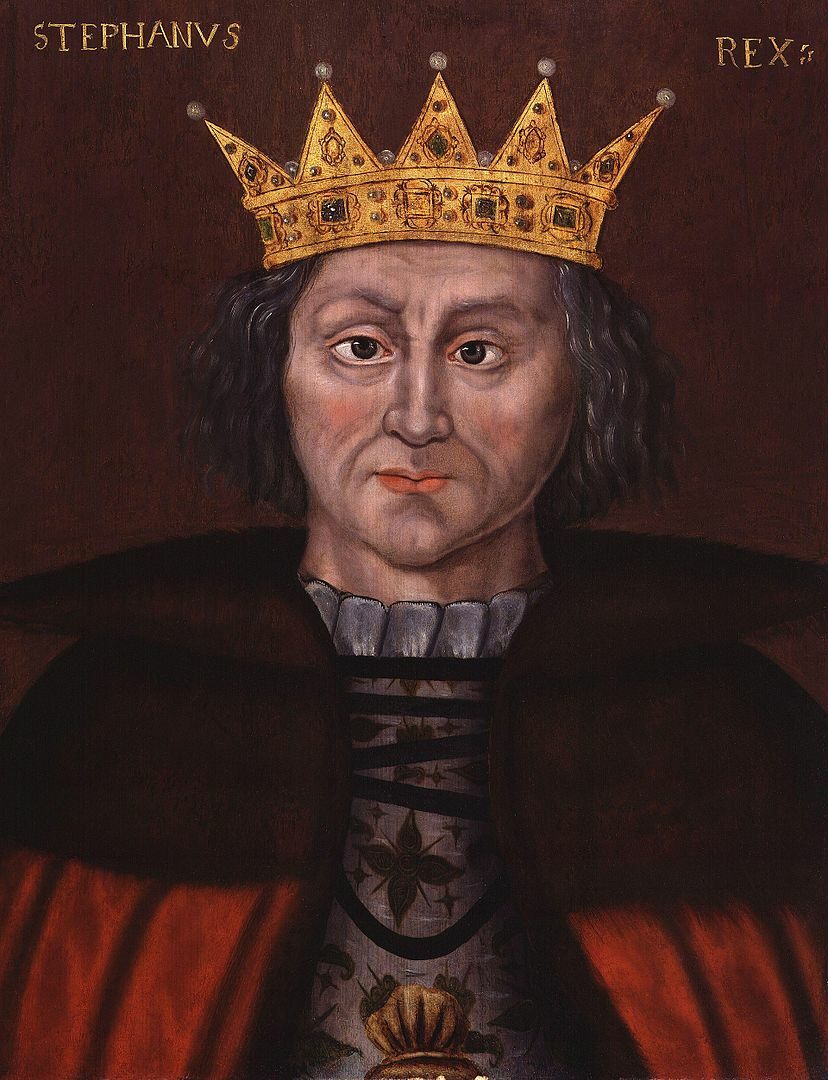House of the Dragon is a gripping fantasy series. However, a look back into history reveals that the stories are far from pure fiction.

Both Game of Thrones and House of the Dragon draw heavily from English history. The source material for these epic tales lies in real historical events and conflicts.
Historical Inspirations Behind House of the Dragon
The infusion of historical elements into these narratives is no coincidence. George R.R. Martin, the author behind the series, is an avid history enthusiast. He has a background in writing historical fiction and studied history extensively. His love for historical detail adds a layer of authenticity to the intricate plots and character dynamics, making the fantastic elements, like dragons, more grounded in reality.
Game of Thrones mirrors the Wars of the Roses, a series of dynastic conflicts between the houses of York and Lancaster—represented in the series as the Starks and Lannisters. These wars took place intermittently from 1455 to 1485, shaping much of England's medieval history.
House of the Dragon, on the other hand, finds its roots in the English civil war known as The Anarchy, which occurred from 1135 to 1154. This period of strife followed the death of King Henry I and was marked by a brutal struggle for the throne.
The Real Rhaenyra Targaryen
Interestingly, the character of Rhaenyra Targaryen from "House of the Dragon" has a historical counterpart. Rhaenyra’s story is reminiscent of Empress Matilda, also known as Maud, a pivotal figure in English history.

Matilda was the daughter of King Henry I and was poised to become queen after her father's death. However, the idea of a female ruler was met with fierce resistance from both the church and the nobility. The societal norms and gender biases of the time made it inconceivable for many that a woman could sit on the English throne. This widespread opposition set the stage for one of the most turbulent periods in English history.
The Beginning of the Anarchy
The turmoil began in 1120 with the tragic death of William Adelin, the sole male heir of Henry I, in a shipwreck. Faced with a succession crisis, Henry I made two significant moves to secure the future of his lineage.
He married Adeliza of Louvain, hoping to produce another male heir to solidify his dynasty, and named his daughter Matilda as his official successor and went to great lengths to have the nobility swear allegiance to her, thus ensuring her claim to the throne.
Despite these precautions, upon Henry I’s death in 1135, his nephew Stephen of Blois seized the opportunity to claim the throne for himself, with substantial backing from the church and several powerful nobles. This act of usurpation sparked a 15-year civil war over the English crown, known for its exceptional brutality and the widespread devastation it caused.

The civil war, often referred to simply as The Anarchy, was characterized by its chaotic and destructive nature. Both sides employed ruthless tactics, leading to significant loss of life and property. Castles were besieged, towns were pillaged, and the countryside was laid to waste as rival factions vied for supremacy. The conflict devastated the land and the people, leaving a lasting impact on the kingdom.
Spoiler: Unfortunately, Stephen of Blois was the victor in the battle for the throne.
While House of the Dragon enthralls audiences with its dramatic flair and mythical creatures, its foundations in historical events add depth and realism to the storyline. We love it.




























